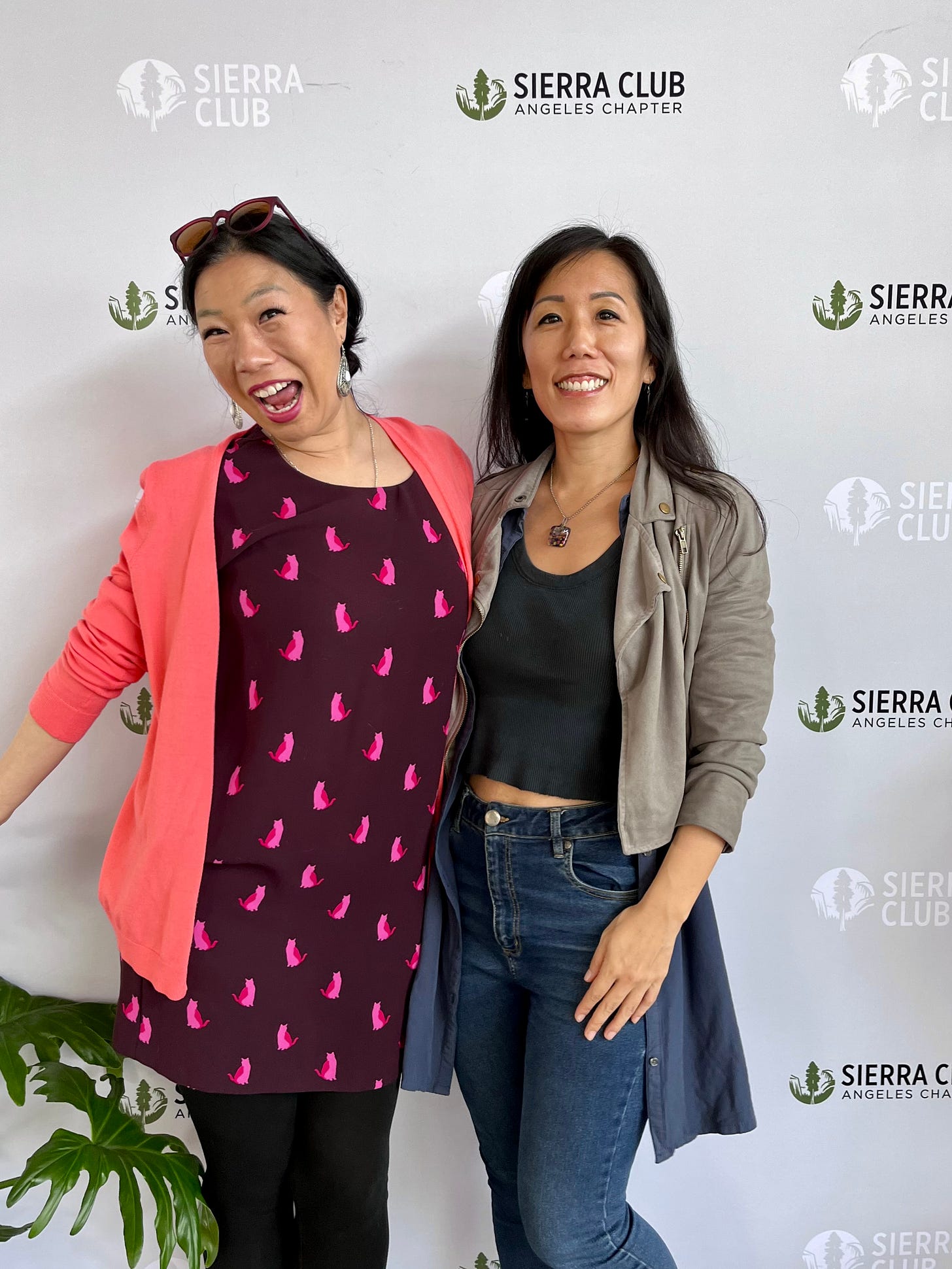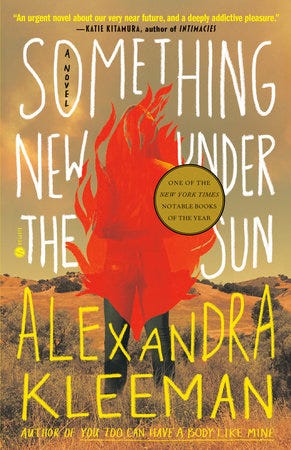Love notes from Siel is a monthly-ish newsletter from Siel, who used to live in Los Angeles but is currently traveling around. If you love the notes, subscribe for free.
Dear friend —
It’s an impossible feat, but many a writer has tried to distill the soul of a city into a book. Juan Villoro makes the attempt for Mexico City with Horizontal Vertigo, a kaleidoscopic collection of short, personal essays about growing up and living in the place. Rosecrans Baldwin tries the same for L.A. with Everything Now: Lessons by the City-State of Los Angeles, a wide-ranging personal exploration that tries to understand a vast, sprawling complexity.
It’s fun, exploring a city via a book — though to be honest, I’m prone to read about cities I’ve already explored, just to see if my own experience jives with the authors’ own. Last week I returned to L.A., so I read Rosecrans’ work with interest. The book tends to dwell a lot on natural disasters and social tragedies — earthquakes! mudslides! fires! homelessness! shootings! — though in its best moments it also captures the place’s vibe: what it feels like to live in the alluring yet cutthroat culture of Hollywood, what the siren song of self-actualization type cults sound like. The city’s spread-out-ness, disconnectedness, dreaminess.
This quote spoke to me: “To be a person in Los Angeles was to be an isolated person, an individual more exposed to risk than in other places: poverty, addictions, people who would take advantage. And not just exposed to risk — exposed generally. The Angeleno, like their freeway vehicle, had a hardened shell, one guy said, but it was thin and easy to ding.”
Mexico City and Los Angeles have a lot in common. They’re both large sprawling metropolises with intense traffic congestion, worrying air quality, and frequent earthquakes. They’re both beautiful, with their tony shopping malls and shiny world-class museums, many free to the public thanks to the noblesse oblige of its richest residents. And they’re both ugly, shot through with despair and poverty, its many uncared for humans spit out onto the streets as living reminders of the city’s callousness.
It's easy, in either city, to live in a bubble — and I’m very much in a bubble right now in the Hollywood Hills. I’m staying in a guest house with a pool and a hot tub and a spiral staircase. It’s quiet up here, cocooned in calm and convenience. Here I’m free to do whatever I want. Sometimes that feels luxurious: I can throw a pool party or order Sugarfish for one or admire the city lights from my balcony. At other times, it feels frighteningly sequestered: I could drown in the hot tub, and no one would notice for a good while.
There’s a certain romance to living in L.A., whatever neighborhood you’re in. If you pick up Everything Now, let me know what you think of it. I also recommend these two recent novels set in L.A. —
Love,
Siel
Something New Under the Sun by Alexandra Kleeman (Hogarth, 2021)
This is another L.A. apocalypse novel, though with a Black Mirror-esque uncanny closeness to reality. In this not-too-distant future, SoCal has run out of water. Its residents make do with WAT-R, a liquid product that’s a lot more expensive than water but exactly like it on a molecular level — or is it?
The plot revolves around a middle-aged novelist who’s in town because his book has been turned into a script and a young super famous actress who’s been signed to play the protagonist because the movie’s now in production — or is it? Meanwhile random people are coming down with a weird form of dementia, hinting at an A Scanner Darkly-level corporate conspiracy. And in other parts of the U.S., cult-like communes are forming to cater to those mentally and emotionally pushed to their limit by the continual news of environmental destruction and catastrophe —
*
Tomorrow, Tomorrow, and Tomorrow by Gabrielle Zavin (Knopf, 2022)
At its heart, Tomorrowx3 is a novel of friendship. Two young kids who bond over video games grow up to create video games together — despite fights, fallouts, petty misunderstandings and jealousies about who’s working harder, who’s getting credit for what, who loves whom more — as they move back and forth from L.A. to Boston.
What makes this book interesting is that it has at its center an imperfect and messy yet touchingly durable friendship — and an ambivalence about such doggedly steadfast liaisons. “Long relationships might be richer, but relatively brief, relatively uncomplicated encounters with interesting people could be lovely as well,” one character muses. “Every person you knew, every person you loved even, did not have to consume you for the time to have been worthwhile.” A longing to be wholly known cut through with a desire for anonymity — perhaps that paradoxical want is one that defines L.A. —

Three links you might love:
Walking South LA. Chris Arnade gives you a close look and feel of this often-forgotten part of LA, with its “industry, tacos, working class success (and homelessness).”
Rules for getting your first book published. #1: Be rich.
A rewrite of The Secretary. If you always wanted another take on one of Mary Gaitskill’s best-known short stories, you’re in luck. Read “Minority Report” in The New Yorker.




I'll have to check out Something New Under the Sun. You know I'm here for a Black Mirror-esque LA novel!